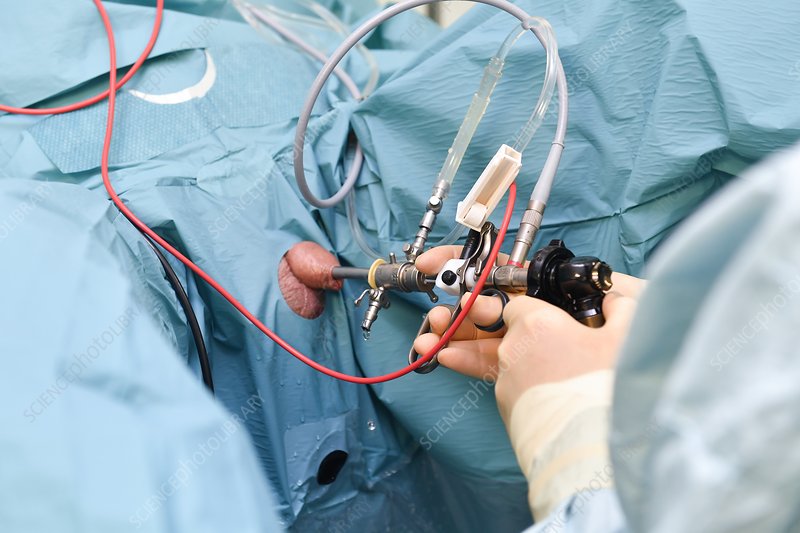What is a prostatectomy?

What is the prostate gland?
The prostate organ is about the size of a pecan and encompasses the neck of a man’s bladder and urethra — the cylinder that conveys pee from the bladder. It’s part of the way muscular and somewhat glandular, with conduits opening into the prostatic piece of the urethra. It comprises three curves, a middle curve with one bend on each side. As a component of the male regenerative framework, the prostate organ’s essential capability is to discharge a somewhat basic liquid that structures part of the fundamental liquid (semen) that conveys sperm. During the male peak (climax), the solid organs of the prostate assist in moving the prostate liquid, notwithstanding sperm that was delivered in the gonads, into the urethra. The semen then goes through the tip of the penis during discharge.
Risks of the procedure
Urinary incontinence: Incontinence includes wild, compulsory spilling of pee, which might work on over the long haul, even as long as a year after the medical procedure. This side effect might be more terrible, assuming you’re more established than age 70 when the medical system is performed.
Urinary leakage or dribbling: This symptom is at its worst immediately after the surgery, and will usually improve over time.
Erectile dysfunction: Otherwise called ineptitude. Recovery of sexual capability might require as long as two years after the medical procedure and may not be finished. Nerve-saving prostatectomy diminishes the opportunity of weakness yet doesn’t ensure it will not work out.

